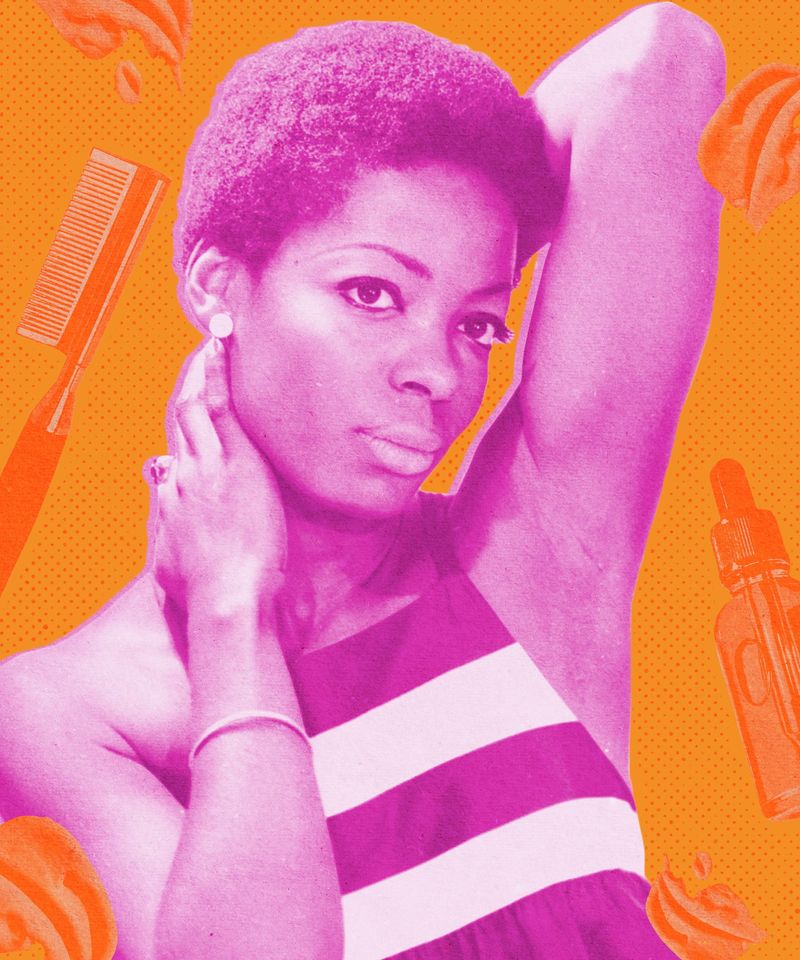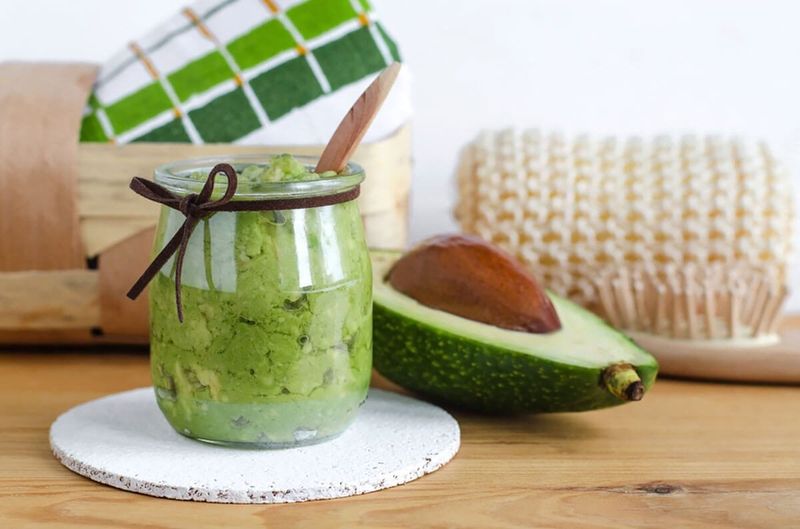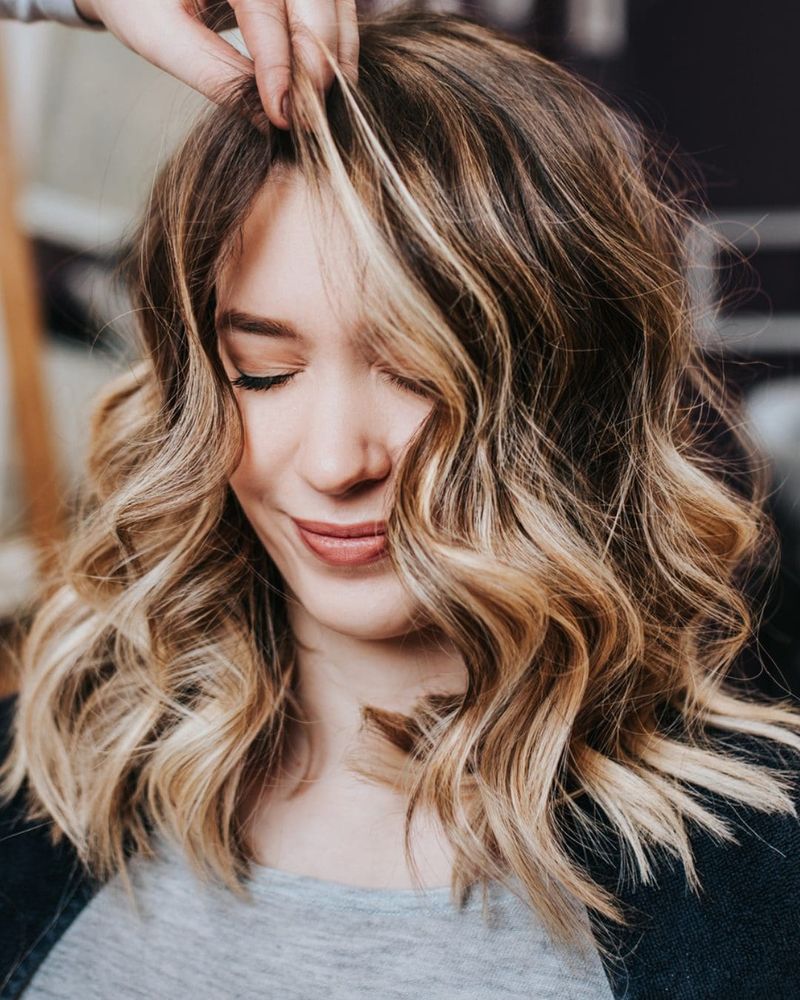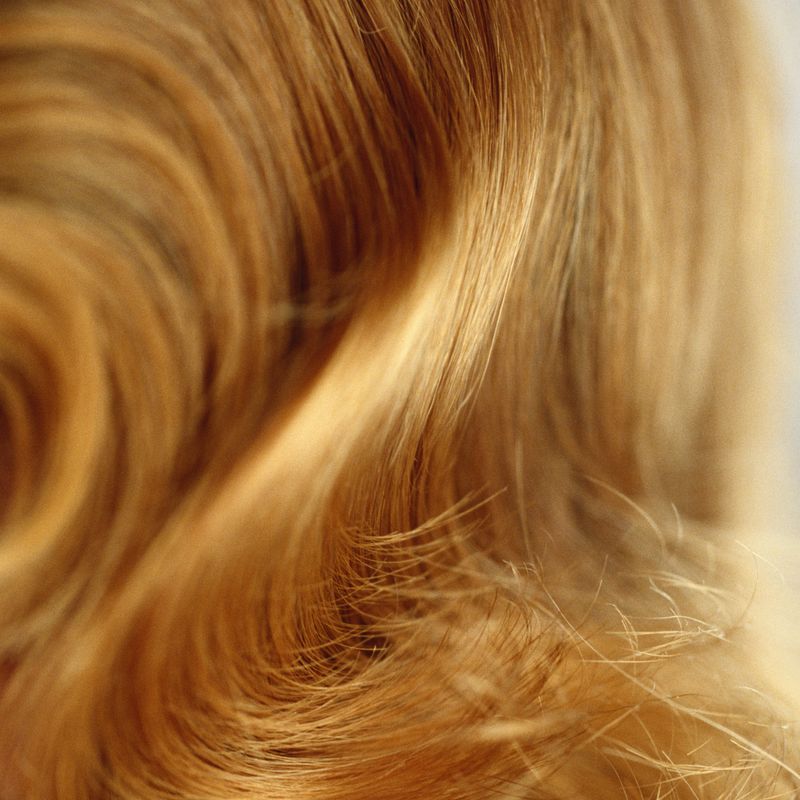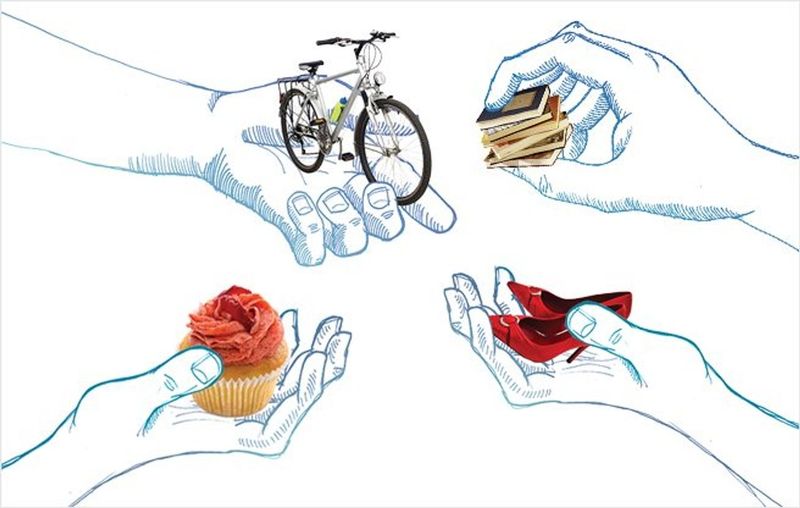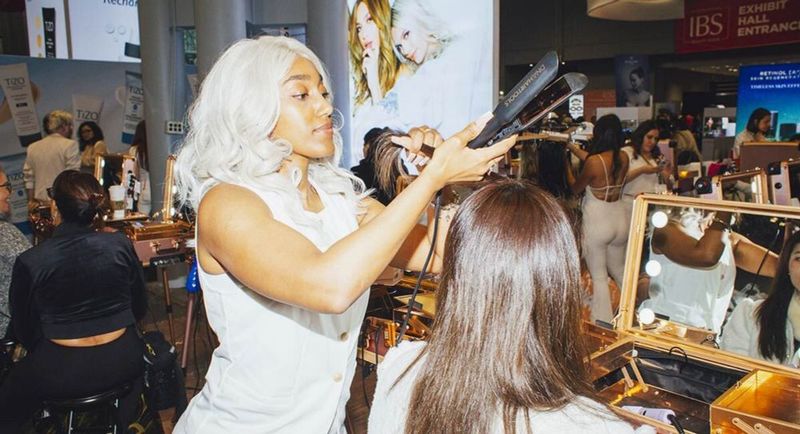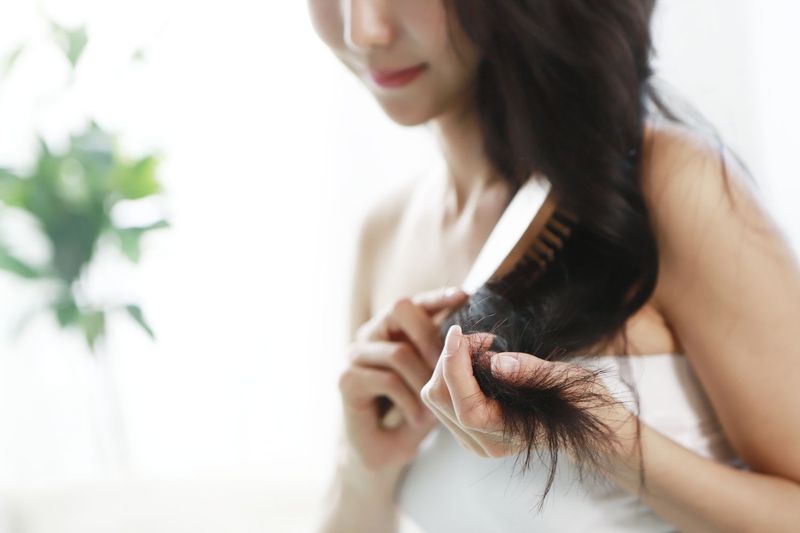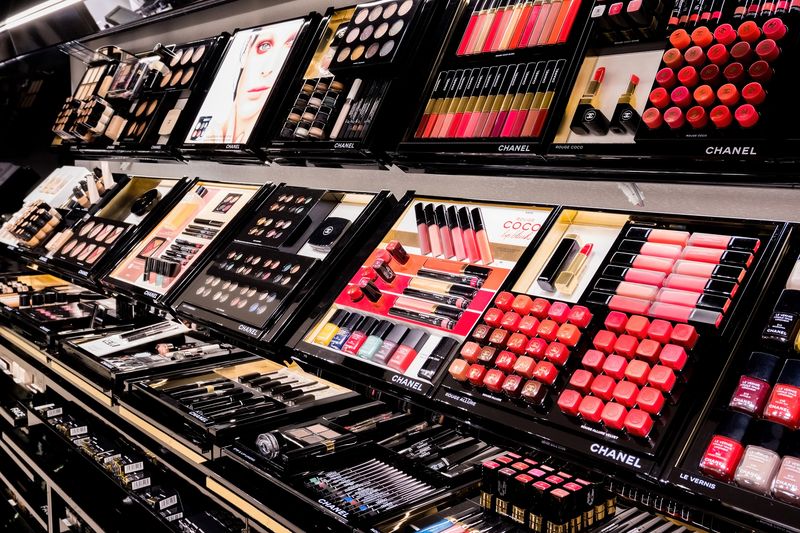The economy is tight, and our hairstyles are reflecting it. ‘Recession hair’ is all about making smart choices that keep you looking good while spending less.
This budget-friendly approach to haircare doesn’t mean sacrificing style—it’s about being creative and practical with your locks during uncertain financial times.
1. Stretching Time Between Salon Visits
Going longer between professional appointments saves significant cash. Try adding an extra two to four weeks to your usual schedule.
Your hair won’t mind, and your wallet will thank you. Plus, you’ll develop better home maintenance skills along the way.
2. Embracing Natural Hair Texture
Working with what you’ve got eliminates costly heat styling and products. Natural texture requires minimal maintenance and often looks healthier.
Toss those hot tools aside and rediscover your hair’s innate pattern. Many find they actually prefer their natural waves or curls.
3. DIY Color Maintenance
Home touch-ups for roots and color refreshing cut costs dramatically. Modern box dyes have improved formulations that rival professional products.
Start with semi-permanent options if you’re nervous. Reading reviews and watching tutorials beforehand increases your chances of salon-worthy results.
4. Low-Maintenance Haircuts
Styles that grow out gracefully need fewer trims. Ask your stylist specifically for a recession-friendly cut that won’t require frequent maintenance.
Layered looks, soft edges, and cuts that enhance your natural texture all qualify. These styles continue looking intentional even weeks past their prime.
5. Kitchen Cabinet Hair Treatments
Common household ingredients make amazing hair masks. Olive oil, honey, avocado, and eggs contain nutrients that commercial products try to replicate.
Mix up treatments tailored to your specific hair concerns. These natural alternatives often outperform expensive store-bought versions at a fraction of the cost.
6. Strategic Highlights Instead of Full Color
Face-framing highlights create dimension while requiring less maintenance than all-over color. The grow-out process looks more natural and less obvious.
This technique, sometimes called ‘money piece’ highlighting, brightens your look while stretching months between full color services. Smart and stylish!
7. Learning Basic Self-Trimming
Simple maintenance cuts can be done at home between professional visits. Start small with just bangs or split end dusting.
YouTube offers countless tutorials for different hair types and styles. Good scissors make all the difference—invest in proper hair-cutting shears rather than using household scissors.
8. Product Dilution Techniques
Extending expensive products by mixing with water or cheaper alternatives preserves quality while reducing costs. For shampoo, try the half-pump method.
Conditioners work effectively even when diluted. High-end styling products can be mixed with basic leave-in conditioners without sacrificing much performance.
9. Hair Accessories Revival
Clips, scarves, and headbands disguise grown-out styles while adding personality. These affordable accessories instantly refresh your look between cuts.
Thrift stores and discount retailers offer trendy options without the boutique price tag. A strategic hair accessory collection helps manage awkward growth phases stylishly.
10. Community Skill Swapping
Trading talents with friends who have hair skills saves everyone money. Maybe your neighbor cuts hair while you bake amazing bread.
Start a skill exchange group focusing on beauty services. Just be sure expectations are clear and everyone feels the trade is fair and beneficial.
11. Product Consolidation
Multi-use products eliminate the need for extensive collections. Look for 2-in-1 or even 3-in-1 formulations that perform multiple functions.
Leave-in conditioners that also provide heat protection and styling hold are particularly valuable. Fewer products means less spending and more bathroom space.
12. Salon School Services
Beauty schools offer professional-quality services at dramatic discounts. Students are supervised by experienced instructors ensuring quality results.
Yes, appointments take longer, but the savings justify the extra time. Many top stylists trained this way, and you might discover tomorrow’s hair star today.
13. Strategic Splurging
Investing selectively in quality where it matters most maximizes limited funds. Professional shampoo might be worth it while drugstore conditioner works fine.
Consider your specific hair needs when allocating your budget. Sometimes spending more on one excellent product saves money by eliminating the need for multiple mediocre ones.
14. Hair Health Focus
Prioritizing hair health reduces dependency on styling products and services. Healthy hair naturally looks better with minimal intervention.
Protein-rich diets, adequate hydration, and gentle handling pay long-term dividends. When your hair is fundamentally healthy, you need fewer products to make it look good.
15. Subscription Box Splitting
Sharing beauty subscription boxes with friends provides variety without full cost. Each person gets to try new products while paying a fraction of retail price.
Create a rotation system where everyone gets different items each month. This approach satisfies product curiosity without breaking anyone’s budget during tight times.



